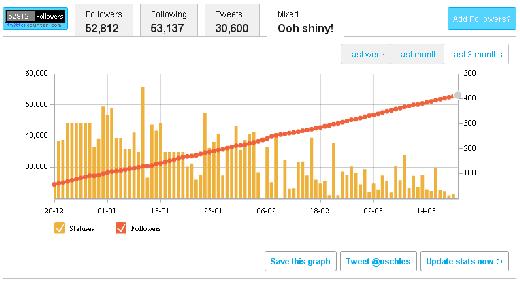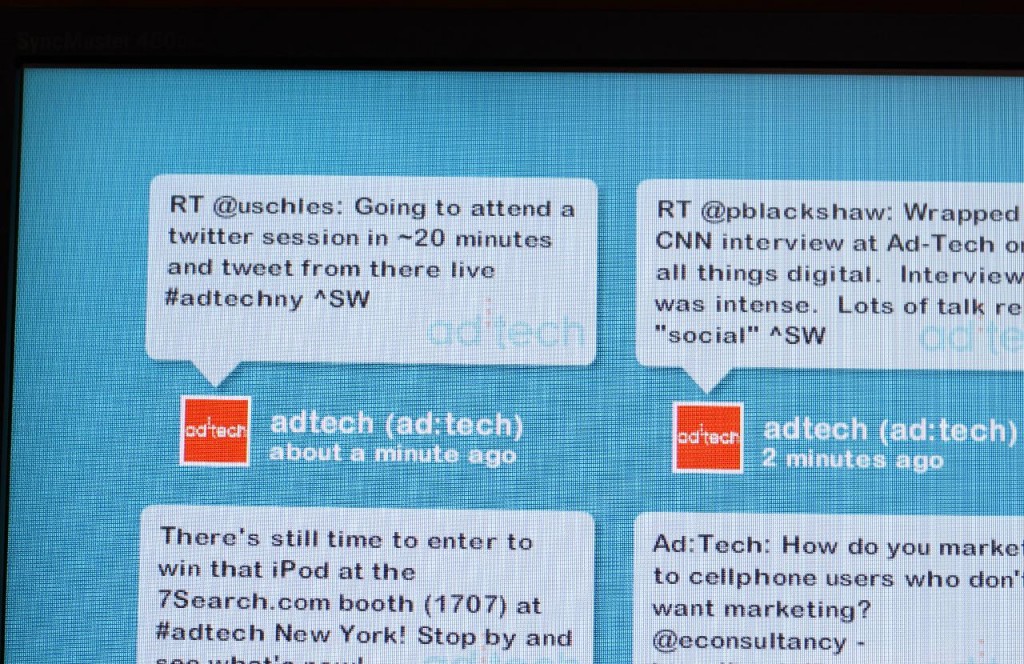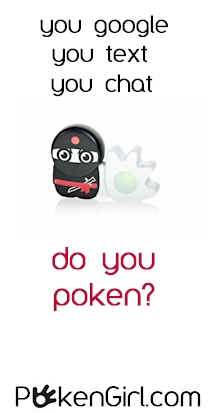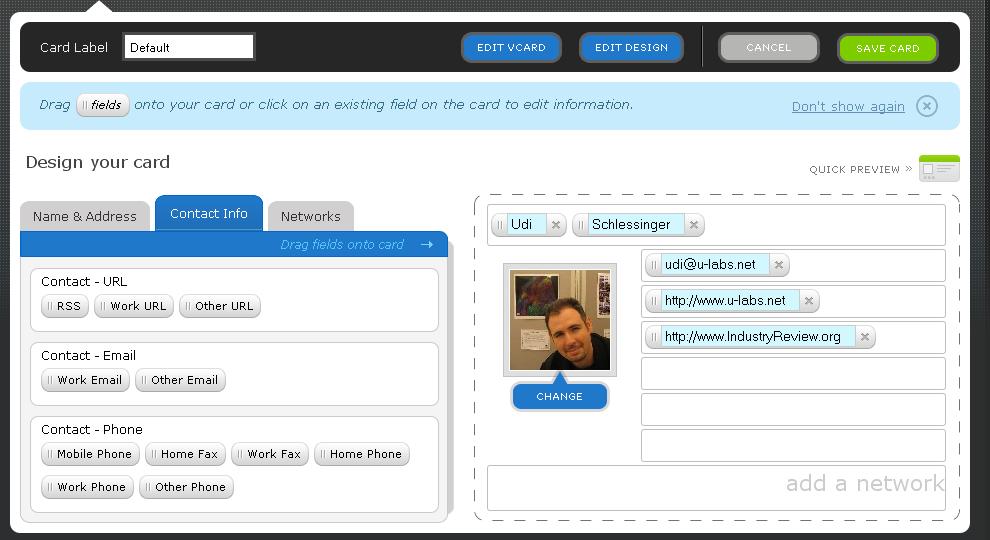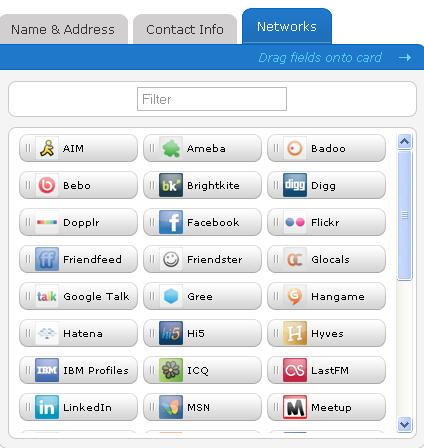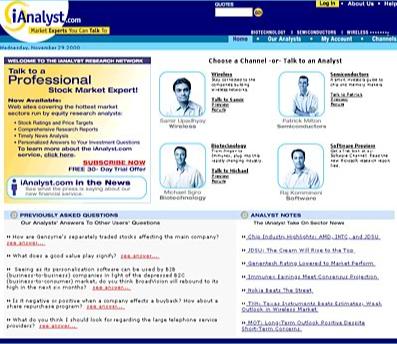
I haven’t blogged in a while. Some people have asked me whether I decided to quit blogging. “Of course not” I responded “I’m just too busy”. Which is true (as I briefly elaborated in my last post).
The frustrating thing is that, as mentioned before, I already have three posts just waiting to be finalized and published. One of them I’m not going to do anymore. It describes my experiences at Affiliate Summit West (ASW10) and it would feel quite silly to publish it almost two months after the fact. So I won’t. I’ll just say: ASW was great!
Earlier today I was lying in bed and suddenly realized it’s been exactly ten years since I began my first job in the US (had others elsewhere. Curious? Check my LinkedIn profile).
In my first job I worked as a software developer for a dotcom called iAnalyst. This was before the dotcom bubble burst, so we were all reaching for the stars, ready to work crazy hours, and mentally preparing to become millionaires. The sad fact is, we kind of knew we won’t become millionaires, many of the crazy hours were spent starting at the PC and chatting – it was more of a “morale” thing, we all stay at work regardless of whether it’s actually necessary. So there were whole weekends I spent at the office doing nothing. With that being said, I don’t regret even a single second – it was a fantastic experience even when the company went down.
I had three projects in iAnalyst, with the most important one being the creation of the company’s production system. Basically, it allowed our producers to enter content, which would miraculously be transformed and transferred to our website. Sounds familiar? I bet it does: WordPress does just that. More than that, WordPress does it 1,000 times better than my creation did. Then again, we’re talking a full decade ago – that’s centuries from a technological perspective. Literally the stone age.
Why am I mentioning all this? I was lying in my bed and thinking why the company failed. It failed because we didn’t get almost any paid clients. This despite the fact the company got a massive amount of media attention: we were featured in many articles as “a hot new startup”, and our CEO was even interviewed on CNN – NOT the website – the television channel. Yes, we were on our way to greatness.
Prior to the CNN interview, we had a company bet: how many new people would register immediately afterwards. There was even a reward promised to the person who will be the closest. I remember increasing my bet to more than what I thought it would really be, for company morale. One of my colleagues was a financial analyst: he came up with a complicated calculation that derived a number. This was the lowest estimate, by far, of everyone. What happened was that he was the closest – the real figure was roughly half of what he projected. There was such a gloomy atmosphere after this he never got his reward. We just didn’t talk about this anymore.
So why did we not succeed? Basically, we just waited for people to register to our services, counting on the media attention and word of mouth. Considering I was a prominent member of the technical team (which consisted of only several people), I don’t remember a single conversation about advertising online, making ourselves available for people who search for certain terms. We didn’t even consider this. Yes, these were prehistoric times in terms of internet advertising and SEO, but it still existed back then in its primordial form.
We just sat and waited for the traffic to arrive, and it never did. Then we ran out of money. And then we shut down.
What we should’ve done is used paid advertising. As far as I know, PPC didn’t exist back then, but there were ways to pay per impression (I’ve heard many stories about the “good old times”, how easy it was back then to profit from advertising because there were no accurate measures or pay per click). I don’t know exactly how Google ranked sites back then (yes, even then Google was #1), but considering I was involved in generating the site, I don’t remember a single conversation about how we should optimize it to appear higher in search rankings. The whole concept never occurred to any of us.
I’m wondering what would’ve happened had we been able to optimize our online presence using all the knowledge we now have, even with the tools that existed in 2000. I’m sure we could’ve increased our traffic a hundredfold if not a thousandfold. We did have money. Whether this would’ve saved the company? Probably not, but I guess we’ll never know. There were talks of eTrade buying us (they didn’t) – it certainly could’ve made the difference in that case.
It doesn’t feel that long ago, yet in so many levels, it’s light years away.
Note that exactly one year later (2001) I was working as a lead developer/team lead for a small firm. That is when I was first introduced to SEO. We had a guy do a bunch of what I thought was pretty comical: he hid a lot of keywords in white text on our site’s main page so they would be invisible to everyone but the search engines, also put tons of links in tiny fonts. Of course, these are very rudimentary SEO tactics and now search engines will punish you if you use such tricks, but in 2001 this still worked.
